The US’s largest heavy-duty electric truck microgrid is powered by… natural gas
Baua Electric
MAY 23, 2024
Southern California’s largest heavy-duty electric truck charging depot, powered by the US’s largest electric truck microgrid, is now online and fueled by natural gas. Performance Team will charge its fleet of Volvo VNR Electric trucks there – the e-trucks have a range of 240 miles and can charge up to 80% in 90 minutes.

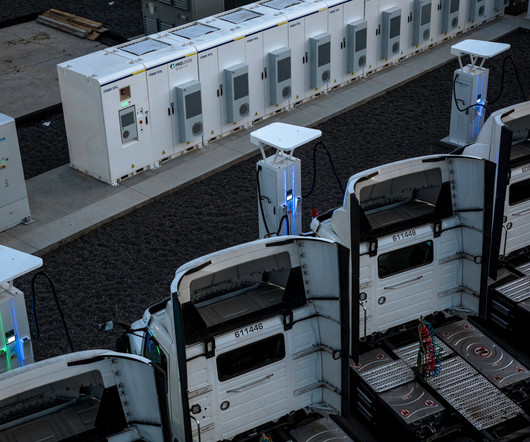




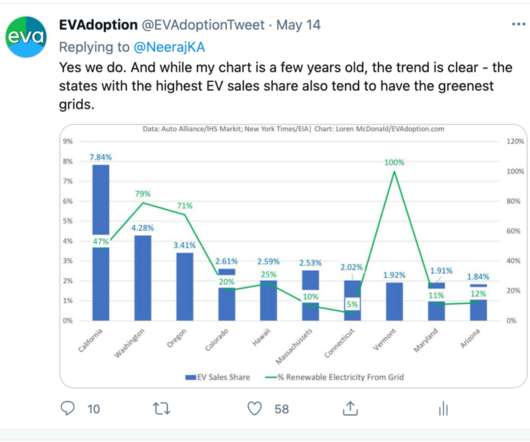
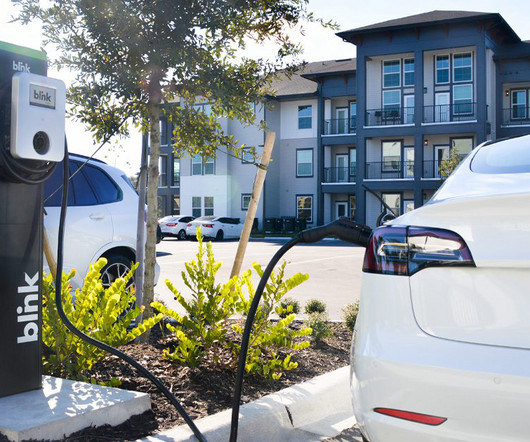
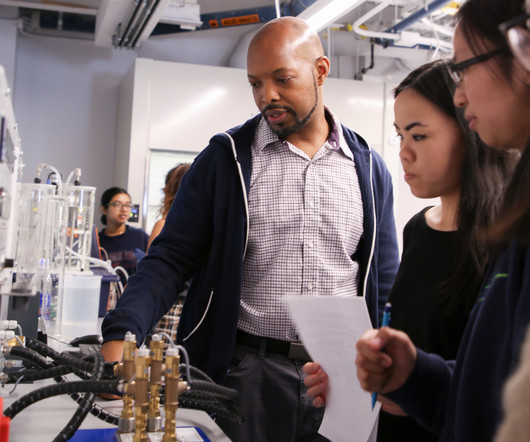


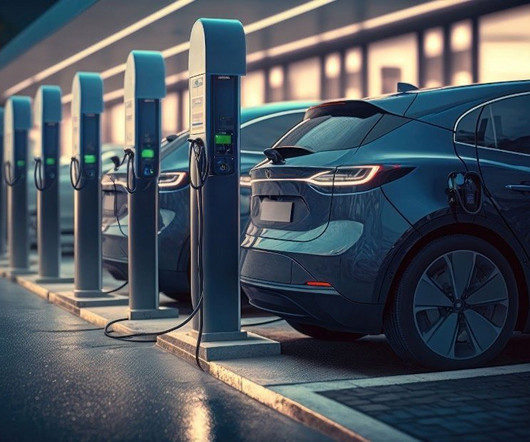

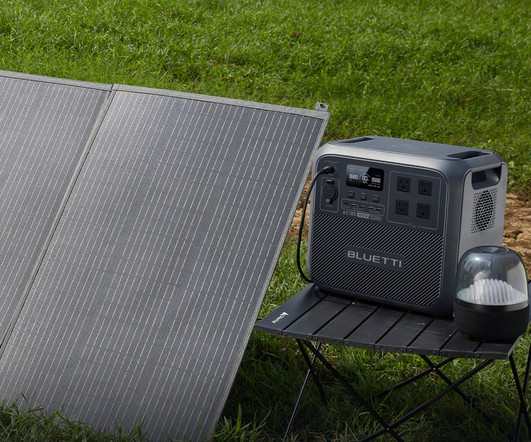





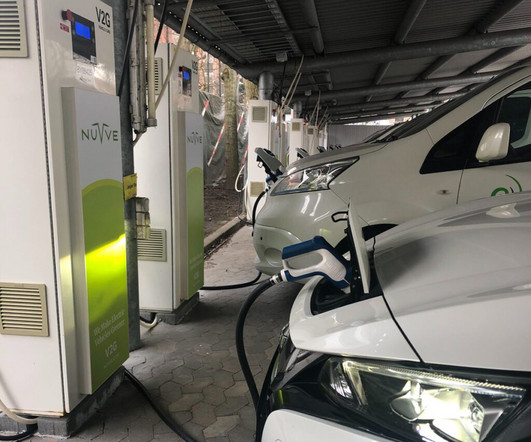



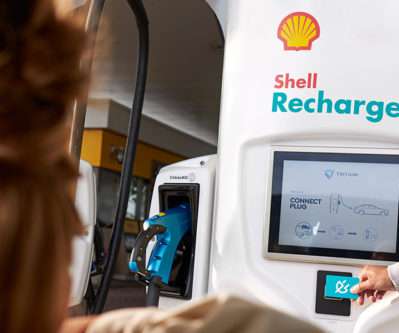
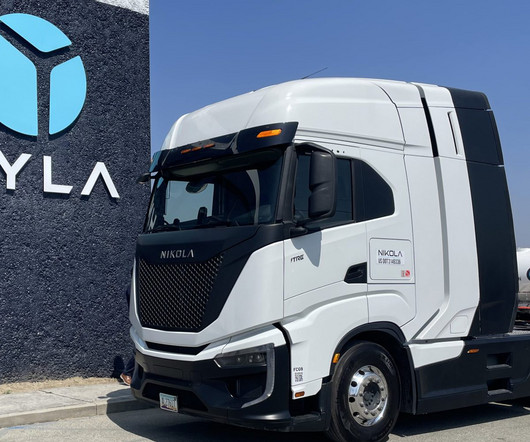


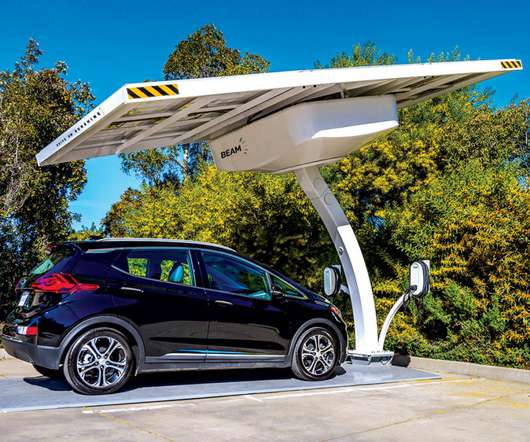



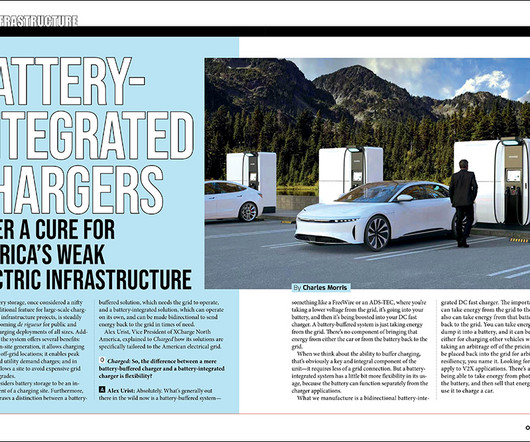

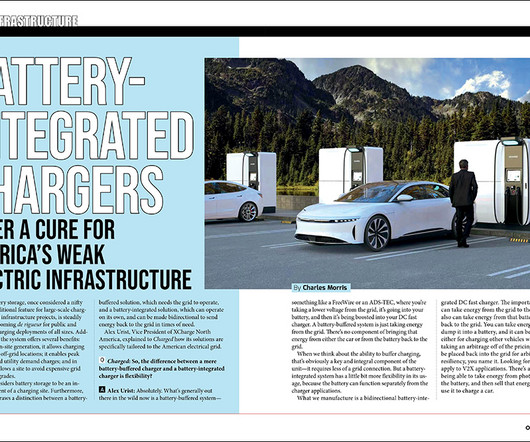



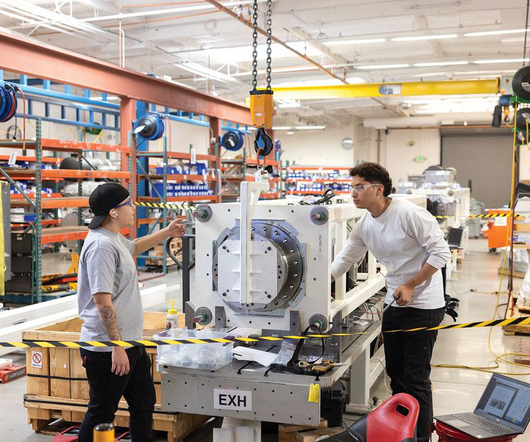










Let's personalize your content